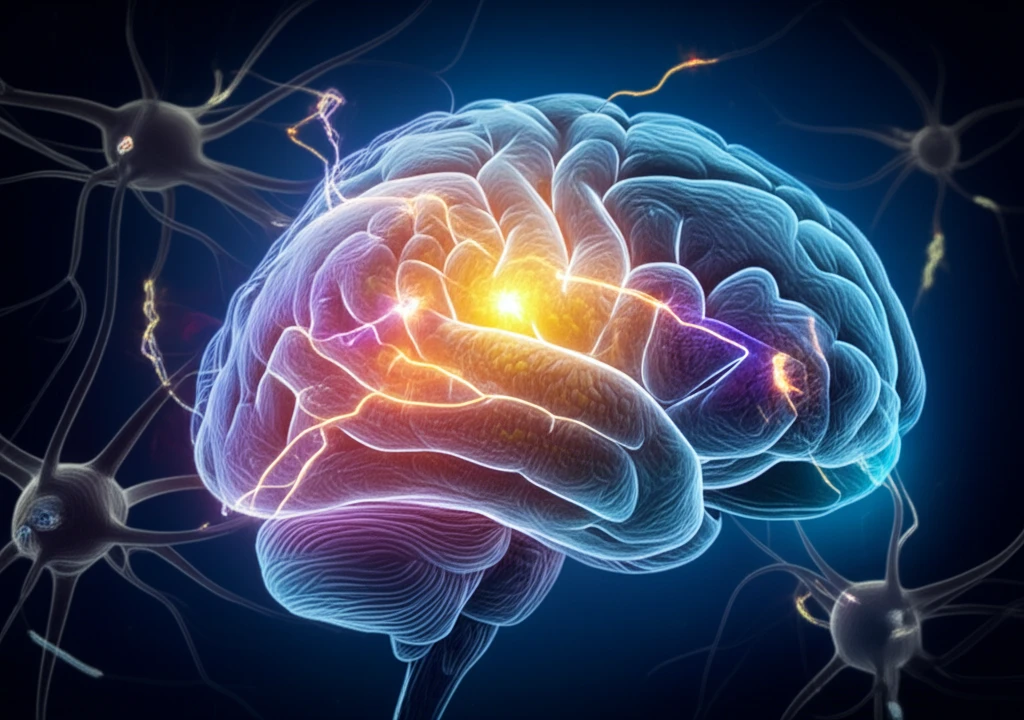
Brain Stimulation Breakthrough: Can Electricity Tame Parkinson's and Dystonia?
"New research reveals how high-frequency brain stimulation rewires neural circuits, offering hope for more effective treatments of movement disorders. Discover the potential for personalized therapies and improved quality of life."
Imagine a life where every movement is a struggle. This is the reality for millions living with Parkinson's disease and dystonia, debilitating movement disorders that can severely impact quality of life. While medications offer some relief, they often come with unwanted side effects, leaving many searching for more effective solutions.
Enter deep brain stimulation (DBS), a revolutionary therapy that involves implanting electrodes deep within the brain to deliver precisely controlled electrical impulses. DBS has shown remarkable success in alleviating motor symptoms, but the exact mechanisms behind its effectiveness have remained largely unknown – until now.
A groundbreaking study published in JNeurosci is shedding light on how high-frequency brain stimulation (HFS) reshapes neural circuits in Parkinson's and dystonia patients. The findings offer a new understanding of DBS and pave the way for personalized therapies that target the specific brain activity patterns of each individual.
Unlocking the Brain's Response: How Electrical Stimulation Rewires Neural Circuits

The research team, led by scientists at the University of Calgary, explored the after-effects of HFS in the globus pallidus interna (GPi), a key brain region involved in motor control. They recorded neural activity in awake patients undergoing DBS electrode implantation and observed surprising changes in GPi neuron firing patterns following stimulation.
- After-Facilitation: High-frequency stimulation can lead to an increase in the firing rate of GPi neurons.
- Two Subtypes: This facilitation can be continuous or discontinuous, depending on how the spike rate varies over time.
- Firing Regularity: HFS generally increases the regularity of neuron firing in the GPi.
A New Model for DBS: Personalized Therapies on the Horizon
These findings challenge the traditional view of DBS as a simple on/off switch for brain activity. Instead, they suggest that DBS delicately modulates neural circuits, promoting more regular and controlled firing patterns. Understanding these complex mechanisms is crucial for developing personalized therapies that target the specific needs of each patient, ultimately leading to more effective and long-lasting relief from Parkinson's and dystonia symptoms. Further research will focus on tailoring stimulation parameters to maximize after-facilitation and optimize the therapeutic benefits of DBS.
